‘Not this matcha girlie with her deranged rants again,’ reads a comment under a reel where a female influencer shares her ‘GRWM’ video on Instagram. It might seem like just another joke online, but there is a pattern behind this kind of response. There is a tone of irritation, sometimes disguised as humour, often directed at women who appear too into their routines, their drinks, or their self-care. Matcha, once a ceremonial tea with cultural significance in Japan, has now become linked with a type of online femininity. It is clean, carefully presented, widely consumed, and ultimately, ridiculed.
Cultural discourses, since social media has taken the centre stage, has seen a noticeable trend of trivialising things associated with women. When something becomes popular among women, it starts to attract judgement, shame and criticism. Skincare, astrology, particular celebrities, or even simple habits like sipping iced drinks, begin to lose value in the eyes of the internet the moment they are liked “too much” by young women. The term “basic” gets thrown at them, without much thought but it functions as more than a label. It is a gendered insult.
The obsession with ‘aesthetics’ and the trap underneath
Over the past few years, aesthetics like “that girl,” “girl boss,” or “It girl” have become popular. The girl who wakes up early, drinks matcha, journals, works out and lights candles becomes the standard. At the same time, she also becomes a target. People admire the aesthetic, but they also find it annoying. This contradiction becomes difficult to navigate. Enjoying something feminine is treated as shallow. It is a cycle where there is little space to just exist without being judged.
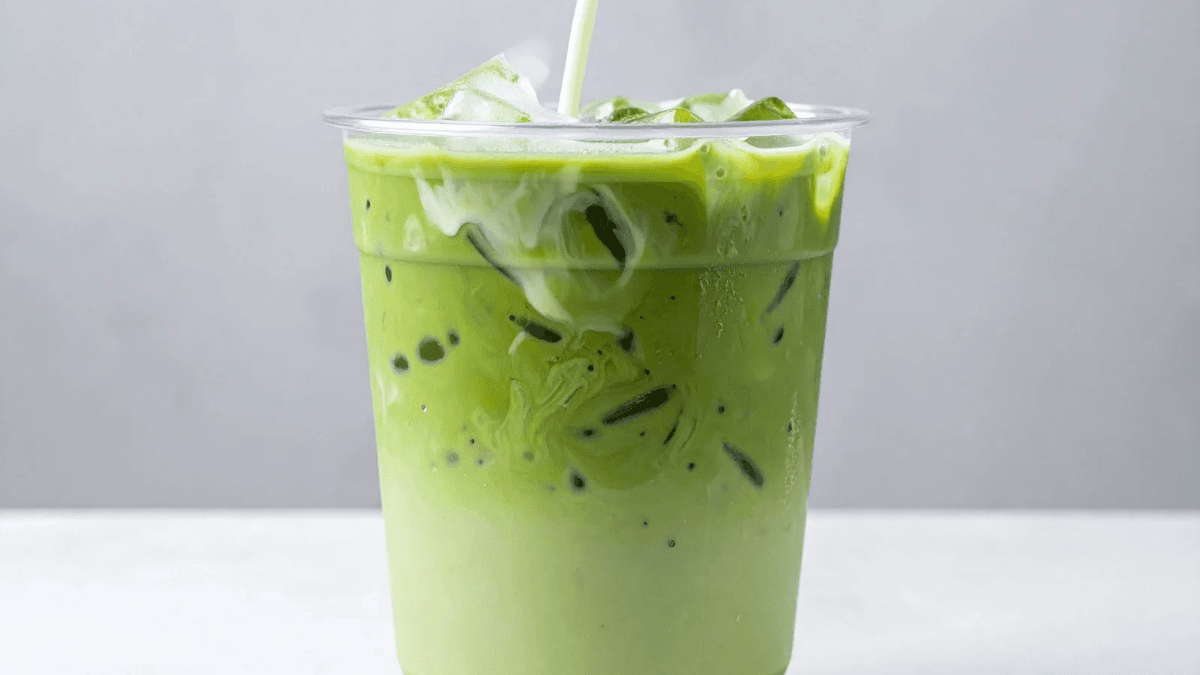
Within this system, matcha has come to symbolise more than just a beverage.
Matcha is presented as cleaner, healthier, and gentler than tea or coffee. It is linked to glowing skin, less anxiety, improved digestion, and better concentration. These claims are used to make it appealing, but they also carry expectations. Women are encouraged to take care of themselves, but only in very specific, acceptable ways. Drinking matcha fits into this narrative. It is soft, green, and often found in visually pleasing cups. It becomes part of how a woman presents herself. Wellness becomes a kind of performance, and that performance is often shared, judged, and shaped by what is seen online.
Wellness becomes a kind of performance, and that performance is often shared, judged, and shaped by what is seen online.
The idea that women must work on themselves to be seen as valuable is not new. What is newer is how this work now appears in everyday content – from beauty routines to morning rituals to what people drink. A woman who drinks matcha is often not just drinking it. She is praised, but she is also picked apart. In this way, matcha becomes part of a broader structure where femininity is constantly observed, shaped, and criticised.
The erasure of the history of matcha
There is also the question of where matcha comes from. While it is heavily promoted in Western wellness markets, its cultural roots in Japan are often ignored or erased. Matcha has a long history in traditional Japanese tea ceremonies, with practices tied to mindfulness, respect, and cultural rituals.
When it is reduced to a trendy drink or a cute green latte, much of that meaning is lost. It becomes another product repackaged for consumption, disconnected from its original context. This is not unique to matcha. Many wellness trends draw from non-Western traditions, then rebrand them without fully acknowledging their sources.
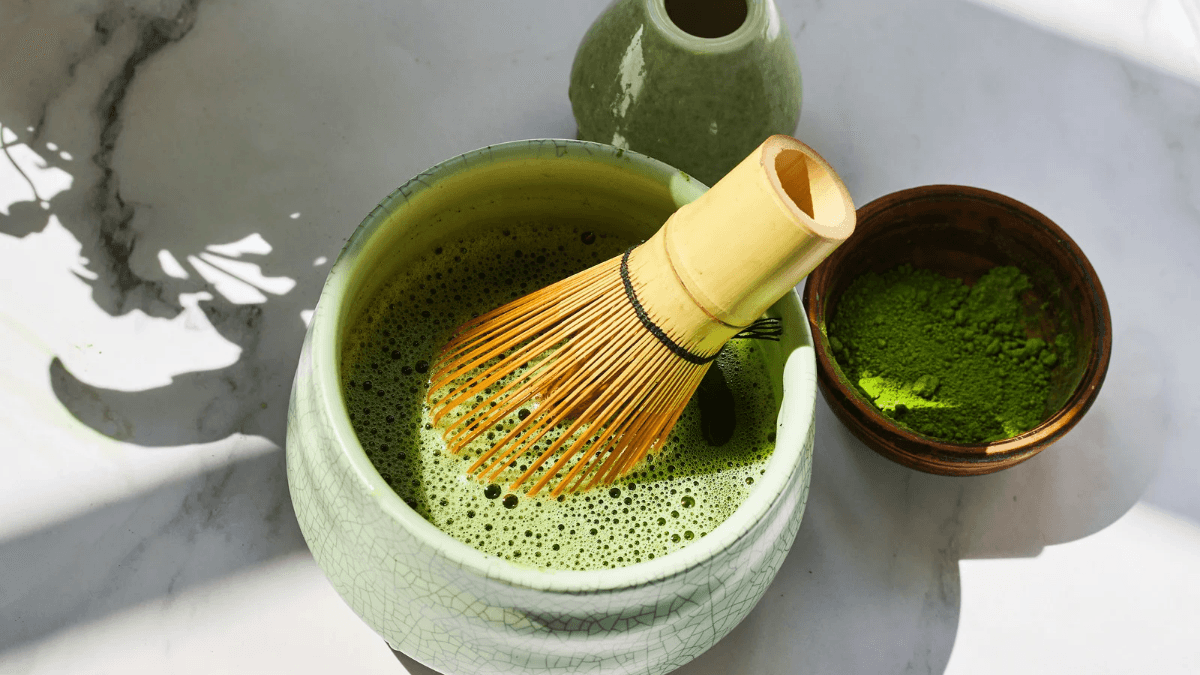
The cultural borrowing often goes hand in hand with simplification and profit-making. The people whose cultures these practices come from are rarely centred in the conversation.
Female expression and its policing
At the heart of all of this is the way femininity is controlled and judged through what women enjoy. The mockery of the matcha girl is not just about matcha. When women take pleasure in small routines, when they create a life around calmness, care, and softness, it challenges the idea that femininity should be private, quiet, or easily dismissed. Matcha becomes a stand-in for many things: effort, joy, care, attention, and taste. Each of these, when performed by women in public, becomes vulnerable to attack.
Matcha becomes a stand-in for many things: effort, joy, care, attention, and taste. Each of these, when performed by women in public, becomes vulnerable to attack.
The constant cycle of selling women things and then mocking them for liking those things creates a confusing environment. On the one hand, women are encouraged to invest in themselves. On the other, they are laughed at for taking that investment seriously. Feminine preferences are treated as trends to profit from, but never taken seriously as expressions of identity, culture, or autonomy.
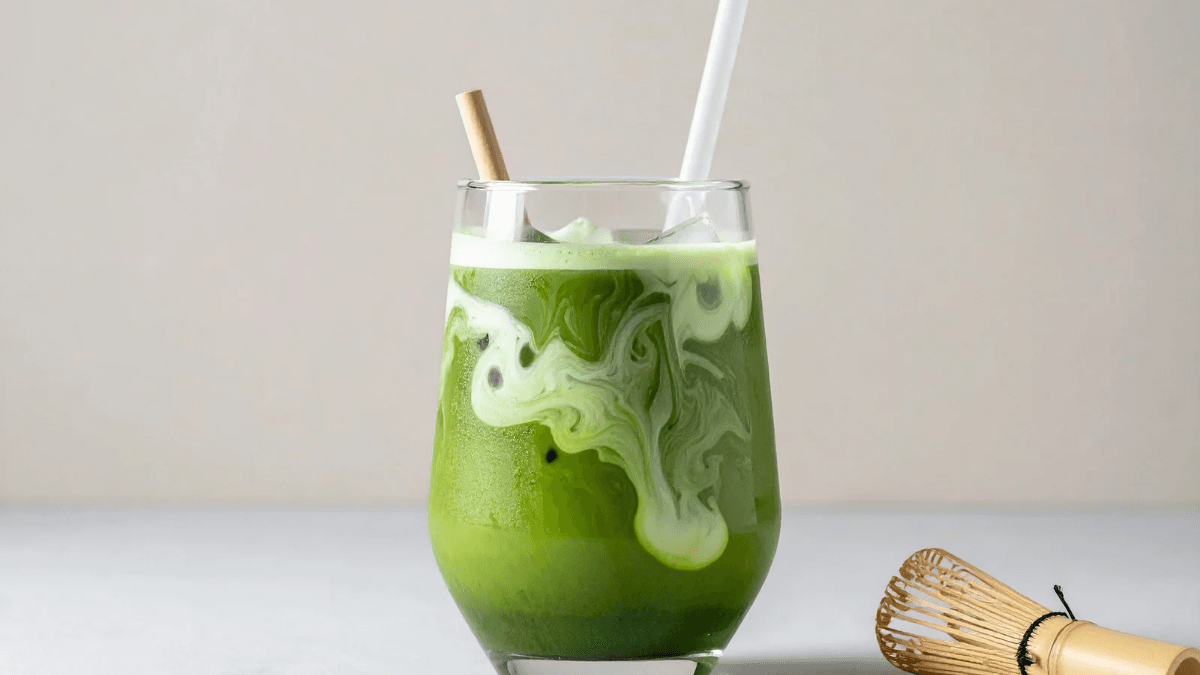
Matcha is just a drink, but the conversation around it shows how quickly something women enjoy can become a reason to question their value. It reveals how femininity is still seen as something that must be explained, controlled, and corrected. The politics of taste are not just about what we consume. They are also about who is allowed to enjoy without being questioned.
About the author(s)
Mema is currently a Master's student at South Asian University (SAU). Hailing from Manipur, her lived experiences there have shaped a deep commitment to the feminist cause. She cares deeply about women and their future, which she tries to convey with her writing. She finds joy in reading, writing and cooking.
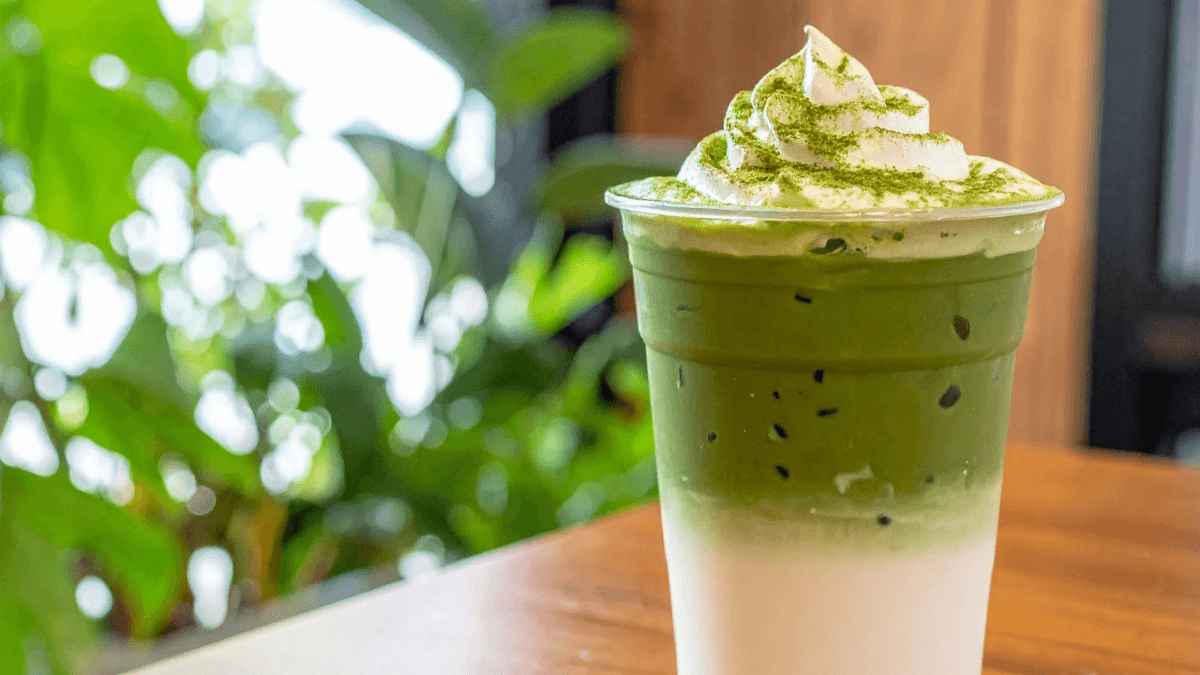



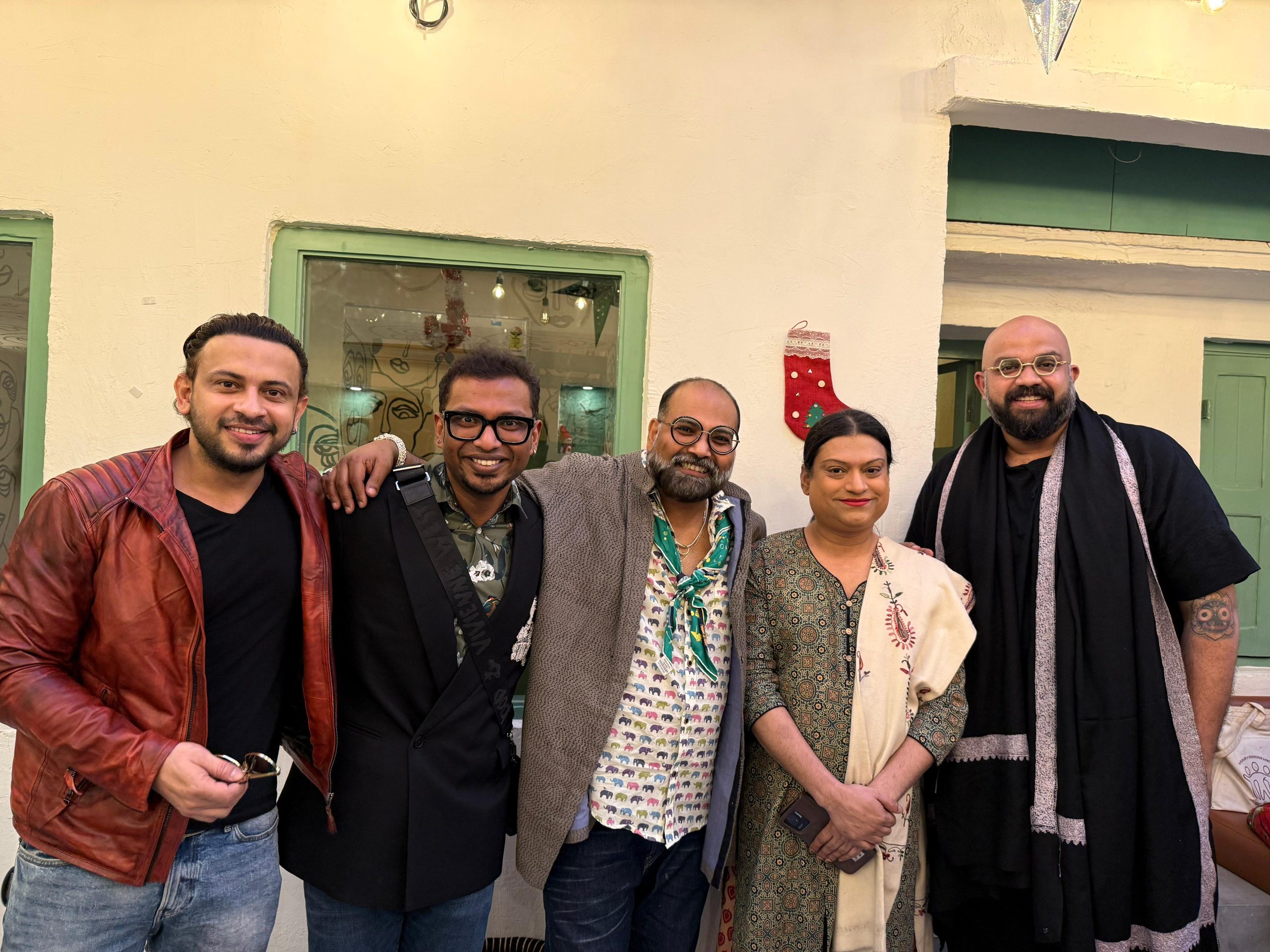

Very interesting and thought provoking read. I completely agree on your use of trendy being snatched out of its cultural contexts. But where do you negotiate the bridging of wellness trends with say, identity or culture ..